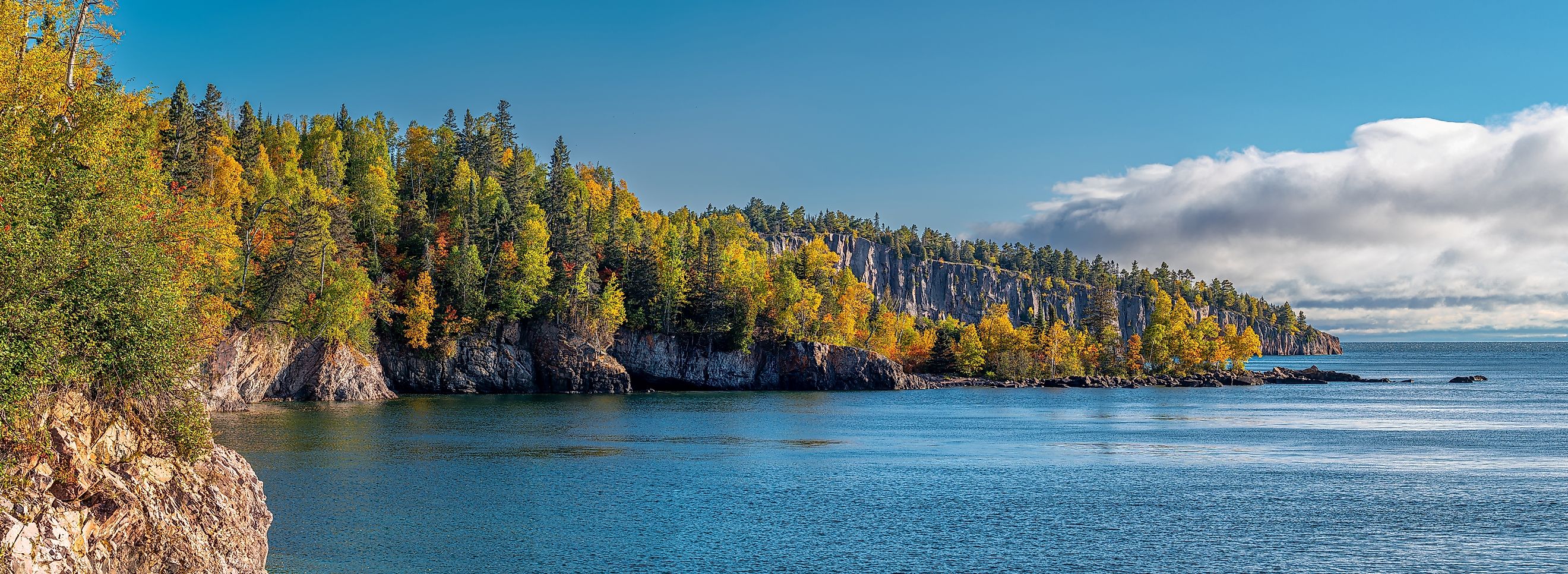
9 Towns In Minnesota That Were Frozen In Time
Minnesota has towns preserved from a bygone era where the pace of life slows, and history whispers through the streets. These towns possess unique charm, well-preserved landmarks, quirky museums, and scenic views. Not sprawling metropolises but rather small towns, they each hold a quiet appeal, offering history, culture, and natural beauty that draws visitors into their nostalgic embraces.
Wabasha

Located along the Mississippi River at the foot of Lake Pepin, Wabasha, Minnesota, exudes a sense of timelessness. Wabasha’s most prominent landmark is the National Eagle Center, where visitors can learn about the iconic bald eagle native to the area. The center offers close-up views of these majestic birds, allowing for an unforgettable experience.
The Wabasha-Kellogg Bridge, a historic lift bridge, stands as a testament to the town’s rich transportation history. Built in 1924, it remains an integral part of Wabasha’s landscape and offers scenic views of the Mississippi.
Another highlight is the Eagle’s Nest, a bluff overlooking the river. Hikers and photographers will enjoy the hike to this scenic overlook, particularly at sunset, when the sun’s golden glow lights up the river valley.
Grand Marais

Grand Marais is perched on the shores of Lake Superior and near the Boundary Waters Canoe Area Wilderness. It also boasts a thriving arts scene, with numerous galleries and studios in town, like Sivertson Gallery and Studio 21.
For those interested in local history, the Cook County Historical Museum displays exhibits on the town’s past, including its origins as a fishing village and later as a popular resort destination. The Pincushion Mountain Trail System offers access to breathtaking views of the surrounding wilderness and a glimpse into the area's rich natural history, with plants and wildlife that have adapted to the tough environment of the North Shore.
Start your exploration at the Grand Marais Lighthouse, perched at the end of the breakwater, offering sweeping views of the lake and harbor. This lighthouse has stood since 1858 and is still operational, guiding ships safely into the harbor. Just a short walk from the lighthouse is Artist’s Point, a rocky promontory where waves crash against jagged stones. Artists often gather here to capture the beauty of the timeless landscape.
Stillwater
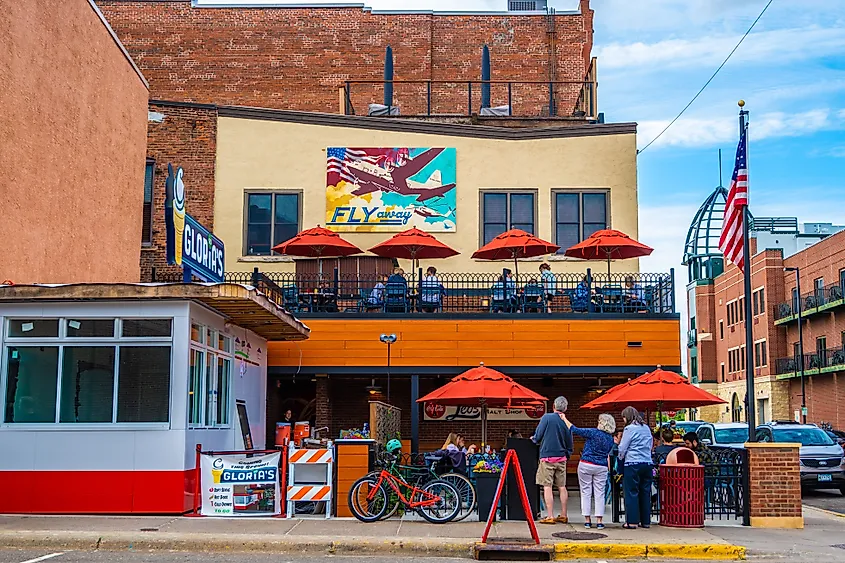
Stillwater, often referred to as the birthplace of Minnesota, seems to have been suspended in time. Nestled on the banks of the St. Croix River, this town was once the lumber capital of the Upper Midwest, and its streets are lined with 19th-century buildings that tell the story of its prosperous past.
A visit to the Stillwater Lift Bridge, built in 1931, is a must. This steel bridge was one of the first of its kind in the country and still serves as a vital connection between Minnesota and Wisconsin. Strolling along the riverfront, you will find the Washington County Historic Courthouse, a stunning example of Renaissance Revival architecture dating back to 1870. Today, it houses the Washington County Museum, where visitors can explore exhibits dedicated to the history of the St. Croix Valley.
Stillwater’s Main Street is filled with quaint shops, cafes like Daily Grind Espresso Cafe, and antique stores housed in historic buildings like American Gothic Antiques, giving the town a distinctly Victorian air. You can also stop by The Lowell Inn, a 1920s-era hotel, eatery, and bar serving as a gathering place for locals and travelers alike, complete with classic, elegant architecture and a storied past.
Lanesboro
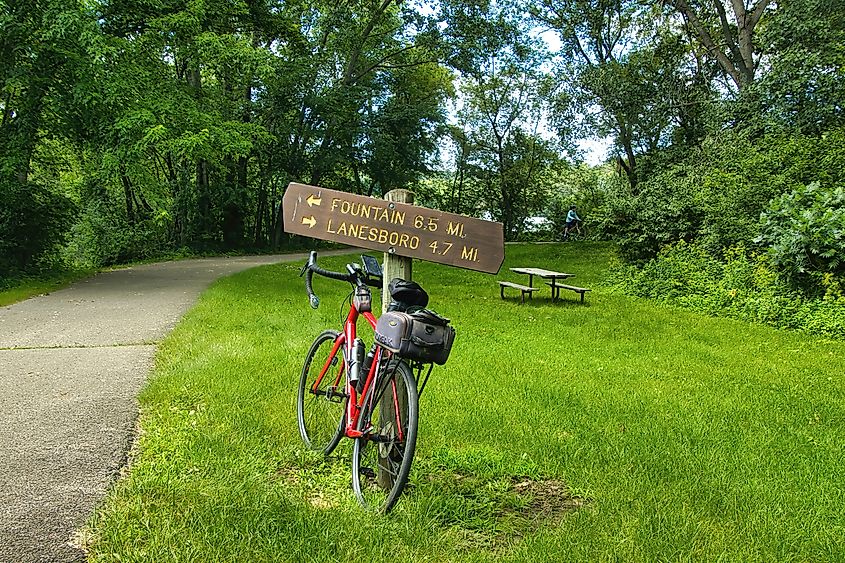
Tucked away in the rolling hills of southeastern Minnesota, Lanesboro is an inviting town that captures the beauty of the countryside and the spirit of a bygone era. Known as the “bed and breakfast capital” of the state, the town offers visitors a cozy, intimate experience amidst some of Minnesota’s most breathtaking landscapes.
The town’s main attraction is the Root River State Trail, which runs through a scenic corridor of wooded bluffs and meandering rivers. Whether you prefer biking or hiking, the trail offers a way to explore the area's natural beauty. For history enthusiasts, the Lanesboro Museum provides a deeper dive into the town's heritage, showcasing artifacts from the town’s beginnings as a farming community and later as a popular tourist destination.
Lanesboro is also home to The Commonweal Theatre, a local repertory theater where visitors can enjoy world-class performances of various plays over one weekend. The historic Hotel Lanesboro, located in the heart of the town, utilizes a historic downtown building as modern, luxury accommodations, serving as an example of how the town has adapted while retaining its historic essence.
Northfield
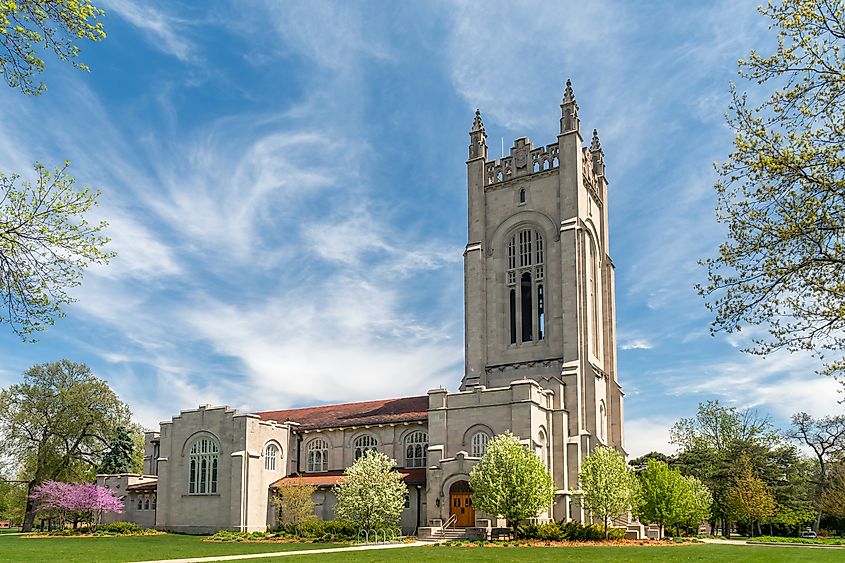
Northfield is known for its college campus and interesting history. The town’s origins date back to the mid-1800s, and it retains a sense of its historic past through well-preserved architecture and landmarks like the historic shops on Division Street.
A visit to The Northfield Historical Society Museum, housed in the old Scriver Building, offers insight into the town’s history, including its role in the famous bank robbery by the aforementioned James-Younger Gang in 1876. The site of the theft, located at the First National Bank Building, is now a historical landmark. Just a short walk from the museum is Carleton College, where visitors can admire the beautiful collegiate Gothic architecture and explore the Weitz Center for Creativity. This building combines modern art and academic history in an elegant blend.
Bridge Square, located on the banks of the Cannon River, provides a picturesque location to take in the town’s beauty. At the same time, the Cannon River Wilderness Park offers opportunities for hiking and enjoying the surrounding nature.
Red Wing

Red Wing, a town brimming with rich history and scenic beauty, is best known for being the home of the iconic Red Wing Stoneware and the Red Wing Shoe Company. These brands have shaped the town’s identity, and visitors can learn about their history at the Red Wing Heritage Center.
Barn Bluff, a 350-foot hill overlooking the Mississippi River, provides one of the best views in town. Hikers can take the trail to the top for a sweeping panorama of Red Wing and the river valley. Down below, Main Street is lined with beautiful 19th-century architecture, including the Goodhue County Courthouse, an architectural gem of the Beaux-Arts style.
For those interested in local history, the Pottery Museum of Red Wing offers exhibits on the town’s centuries-old ceramic traditions, and the Red Wing Arts Association showcases local talent and offers a glimpse into the town’s thriving arts scene.
Morris
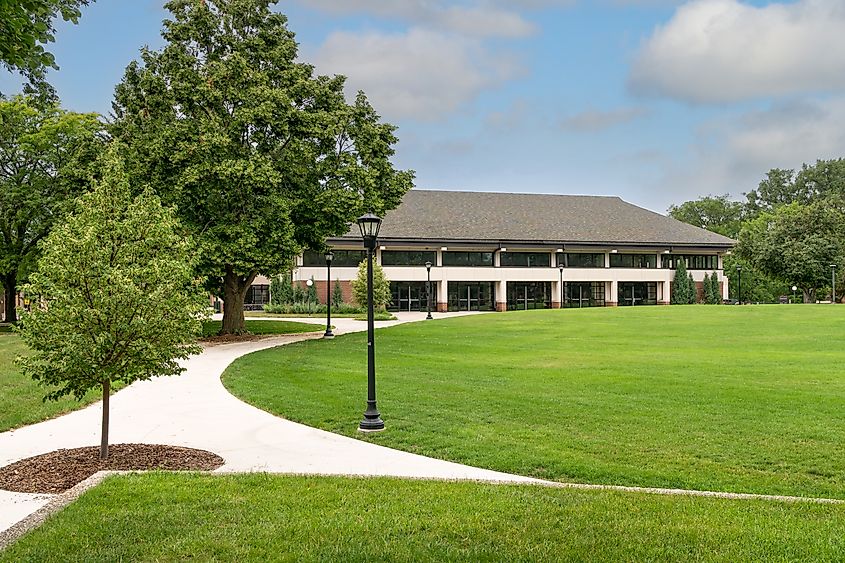
Morris, in west Minnesota, is an agricultural center with farming traditions. A visit to The Stevens County Historical Society provides an overview of the area’s farming history, showcasing tools, exhibits, and artifacts that tell the story of the region’s evolution from Native American land to modern-day agriculture.
The town’s University of Minnesota-Morris campus is home to several historic buildings, including the Eliasen Memorial Auditorium, which houses the college's cultural and performing arts events. Outside of town, the Pomme de Terre River creates space for outdoor recreation, with fishing, boating, and hiking along the river’s tranquil banks.
Pipestone

Pipestone is a small town in southwestern Minnesota, famous for the Pipestone National Monument and Pipestone Indian Shrine. The monument preserves quarries used by local Sioux Indigenous Peoples for centuries to harvest the red stone used in ceremonial pipes. Visitors can tour the quarries and learn about the sacred history of the site, which is used in religious ceremonies to this day.
The Pipestone County Historical Museum offers additional insight into the area's cultural significance, with exhibits on Native American history, early settler life, and the development of the town. The town’s Main Street is lined with local cafes and quaint shops. For example, Prairie Maiden Treasures specializes in crafting artisanal pipes in Native American styles.
New Ulm

New Ulm is notable for its German-American heritage. The Hermann Heights Monument, pictured above, is a nod to the region's Germanic origins.
The Brown County Historical Society houses the area’s history, including its early settlement by German immigrants and the infamous 1862 Uprising. The town also hosts annual festivals like the Baggin’ In The Street Bean Bag tournament and the Bavarian Blast festival.
For a taste of local life, the New Ulm Brewery offers tours and tastings, allowing visitors to experience the town’s proud brewing tradition.
Conclusion
From the windswept bluffs of Lanesboro to the Victorian streets of Stillwater, these Minnesota towns are windows into the past. Whether you find yourself hiking to the top of Barn Bluff or walking along the banks of the St. Croix River, each of these towns invites you to step back in time, even if just for a moment. Minnesota is known as the land of a thousand lakes and is home to so much character, too.











